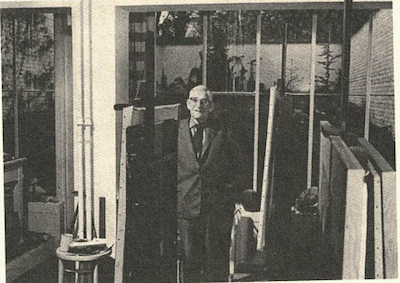Dawn in Essen
Kurt Lewy is born in Essen (Germany) into a Jewish family.
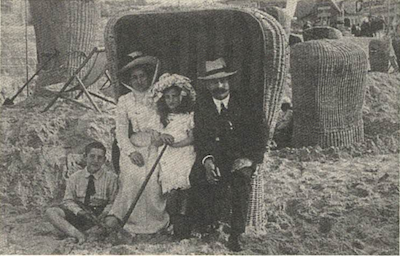
Formative Years
He studied at the Folkwangschule, School of Arts and Crafts in Essen, and then at the Higher Institute of Decorative Arts in Berlin. He also Trained in the enamel technique at a jewellery studio.
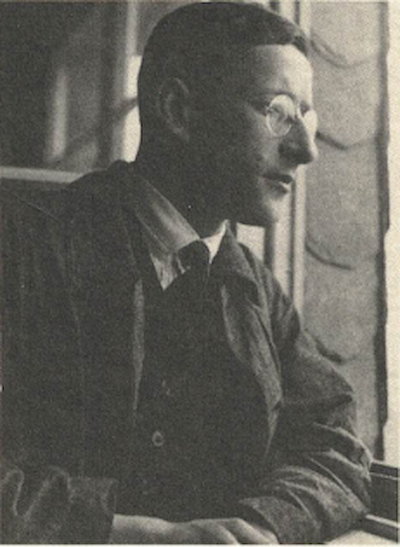
Passage of Knowledge
Taught graphic techniques at the Folkwangschule.
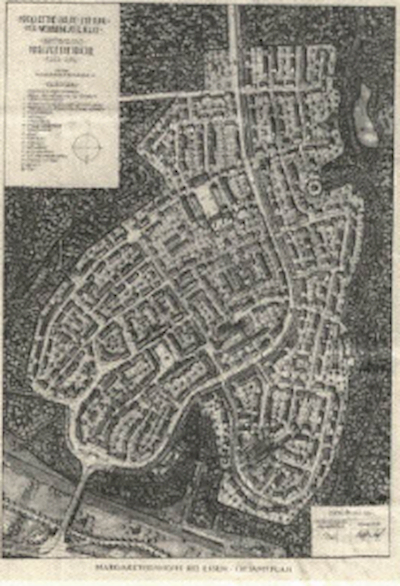
Garden of Expression
He stayed at the Margarethenhöhe garden city, an artists’ colony in Essen. Influenced by German expressionism, he made allegorical representations of biblical or mythological inspiration.
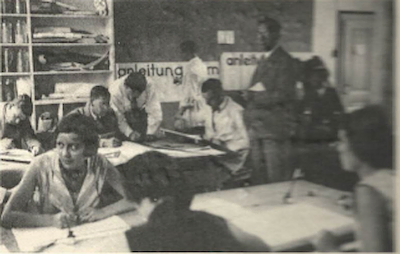
Shadows Rising
Removed from his duties after the advent of Nazism.
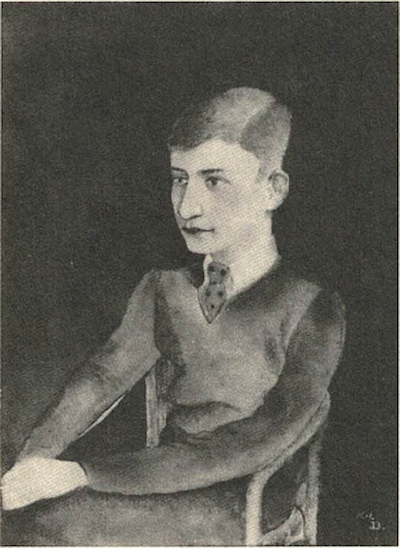
A Flight to Freedom
Kurt Lewy fled Hitler's Germany and moved to Brussels with his wife Lilli Schulte.
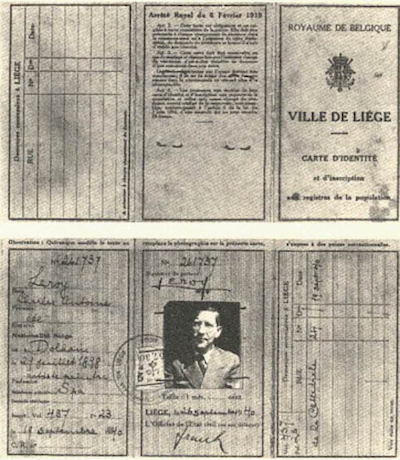
Hidden Brushstrokes
Interned as an enemy subject by the Belgian authorities in May 1940. Spent two years at the camps of Saint-Cyprien and Gurs. Managed to escape in 1942 and returned to Brussels, hiding under the false name of “Charles Leroy.” Arrested in June 1944 by the Nazis, he narrowly escaped deportation.
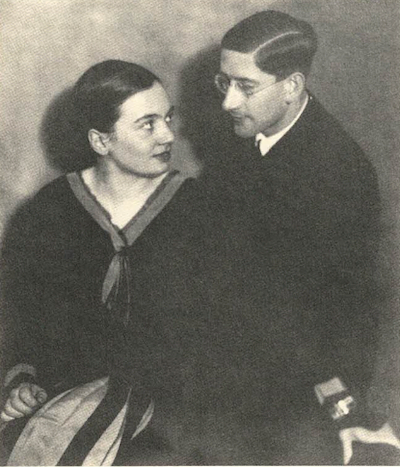
A Geometric Turn
Lewy's first major solo exhibition at the Palais des Beaux-Arts in Brussels. Naturalized Belgian the year before, he now turned to geometric abstraction. Member of groups Art Abstrait (1952-1956).
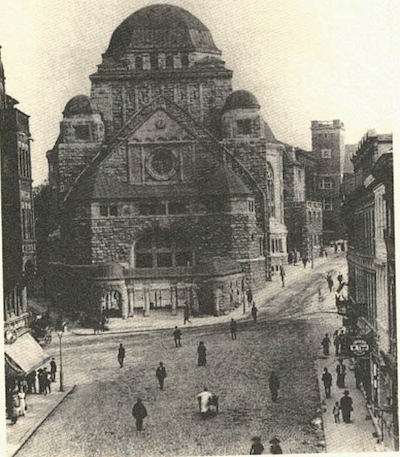
Glass Illuminations
His last major project: Kurt Lewy created the stained-glass windows of the new synagogue in Essen.
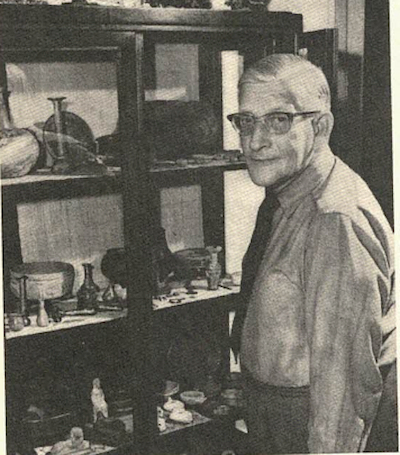
Final Brushstroke
Kurt Lewy died in Freiburg im Breisgau.
